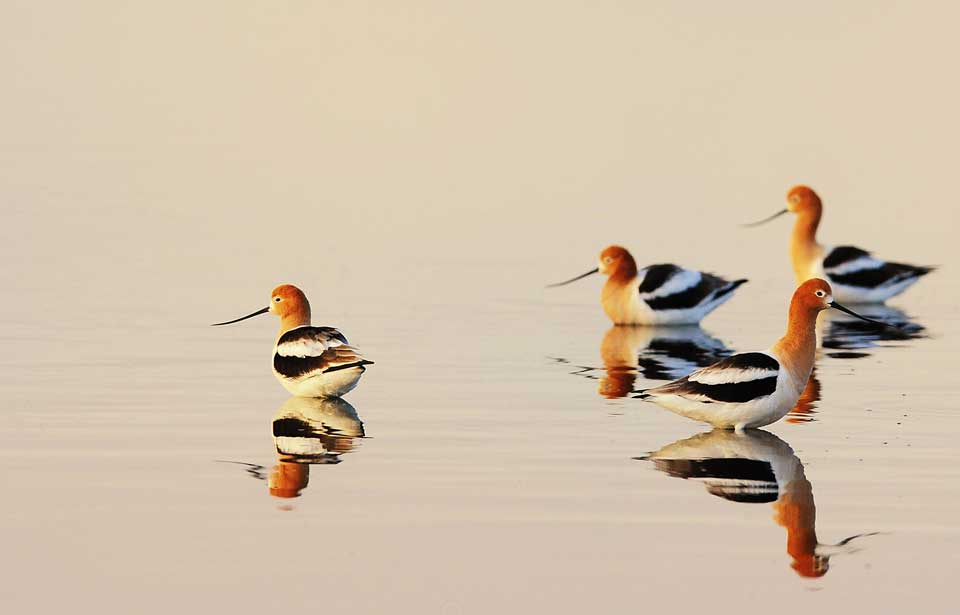Millions of shorebirds migrate between Canadian Arctic breeding grounds and far-away winter homes in South America. Their survival depends on a number of critical stopping and “refuelling” points along the way — mostly coastal and interior wetlands and grasslands. Each site is an important link in a chain. And all the links must be protected, since destroying even one could mean disaster for these birds.
Each migratory species follows a different corridor between its nesting and wintering range. Some species migrate singly, while others (like most large water birds) fly in flocks. Did you know that more southward migrating shorebirds stop at Mary’s Point, New Brunswick, on the Bay of Fundy than at any other spot in North America? Here they feed on a small crustacean that is found nowhere else in North America but the Bay of Fundy. After filling up, the birds are ready for the next leg of their exhausting trek — non-stop flight across the ocean to South America.
If you are interested in shorebirds, here are some tips on how you could learn more about them:
- Find out if a bird migration route passes over your community. What species follow this “flyway”?
- Mark the route between summer and winter habitats on a map.
- Learn the time of year when this particular species migrates. How many kilometres do the birds fly? Do they fly alone or in flocks?
- Find out if any species stop over for “refuelling” in your area. If so, is there a food source you could plant or provide that would help them on their long journey?
- Did you know that most birds migrate at night? With a 20X to 40X telescope or 10X binoculars, try spotting the birds silhouetted against a full moon.



